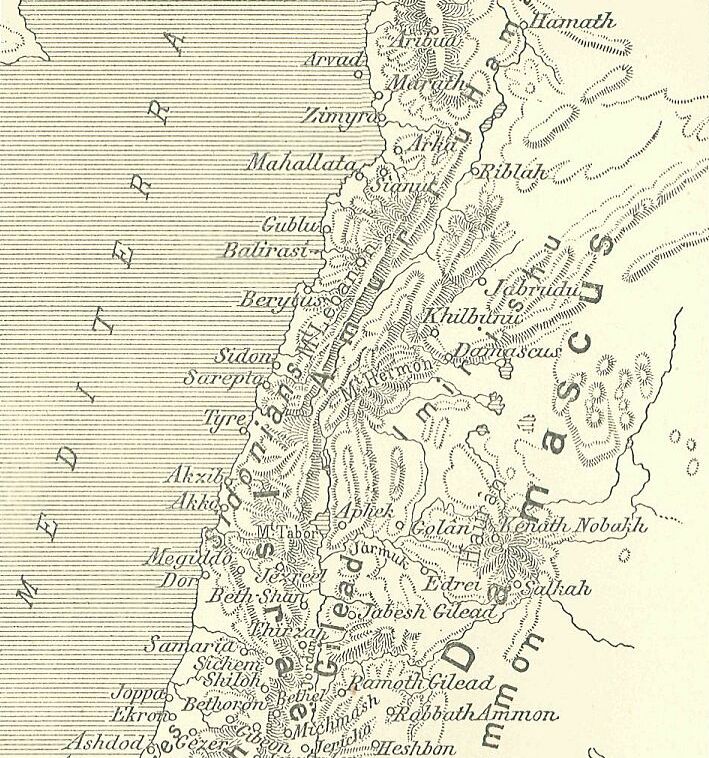Enišasi on:
[Wikipedia]
[Google]
[Amazon]
 Enišasi, was a city, or
Enišasi, was a city, or
 Enišasi, was a city, or
Enišasi, was a city, or city-state
A city-state is an independent sovereign city which serves as the center of political, economic, and cultural life over its contiguous territory. They have existed in many parts of the world since the dawn of history, including cities such as ...
located in the Beqaa Valley
The Beqaa Valley ( ar, links=no, وادي البقاع, ', Lebanese ), also transliterated as Bekaa, Biqâ, and Becaa and known in classical antiquity as Coele-Syria, is a fertile valley in eastern Lebanon. It is Lebanon's most important ...
-(called ''Amqu
The Amqu (also Amka, Amki, Amq) is a region (now in eastern Lebanon), equivalent to the Beqaa Valley region, named in the 1350–1335 BC Amarna letters corpus.
In the Amarna letters, two other associated regions appear to be east(?) and north(?), ...
'', or ''Amka'') of Lebanon
Lebanon ( , ar, لُبْنَان, translit=lubnān, ), officially the Republic of Lebanon () or the Lebanese Republic, is a country in Western Asia. It is located between Syria to the north and east and Israel to the south, while Cyprus lie ...
, during the 1350- 1335 BC Amarna letters
The Amarna letters (; sometimes referred to as the Amarna correspondence or Amarna tablets, and cited with the abbreviation EA, for "El Amarna") are an archive, written on clay tablets, primarily consisting of diplomatic correspondence between ...
correspondence. Of the 382–Amarna letters, Enišasi is only referenced in two letters. Enišasi was located near ''Hašabu'', (Tell Hašbe), and ''Hasi'', (Tell Hizzin?), southwest of Baalbek
Baalbek (; ar, بَعْلَبَكّ, Baʿlabakk, Syriac-Aramaic: ܒܥܠܒܟ) is a city located east of the Litani River in Lebanon's Beqaa Valley, about northeast of Beirut. It is the capital of Baalbek-Hermel Governorate. In Greek and Roman ...
.
Two 'mayors', or rulers of Enišasi were Šatiya and Abdi-Riša
Abdi-Riša was a ruler-'mayor' of Enišasi, during the period of the Amarna letters correspondence (1350–1335 BC). Another mayor of Enišasi, Šatiya, is found in the Amarna letters corpus. The name "Abdi-Riša" means ''"servant-Riša"''.
Ab ...
, who each authored a letter to the Egyptian pharaoh
Pharaoh (, ; Egyptian: '' pr ꜥꜣ''; cop, , Pǝrro; Biblical Hebrew: ''Parʿō'') is the vernacular term often used by modern authors for the kings of ancient Egypt who ruled as monarchs from the First Dynasty (c. 3150 BC) until th ...
, EA 187- (title: ''A daughter sent to the Pharaoh''), and EA 363- (title: ''A joint report on Amqu
The Amqu (also Amka, Amki, Amq) is a region (now in eastern Lebanon), equivalent to the Beqaa Valley region, named in the 1350–1335 BC Amarna letters corpus.
In the Amarna letters, two other associated regions appear to be east(?) and north(?), ...
–(4)''). ( EA is for 'el Amarna
Amarna (; ar, العمارنة, al-ʿamārnah) is an extensive Egyptian archaeological site containing the remains of what was the capital city of the late Eighteenth Dynasty. The city was established in 1346 BC, built at the direction of the Ph ...
'.)
See also
*Abdi-Riša
Abdi-Riša was a ruler-'mayor' of Enišasi, during the period of the Amarna letters correspondence (1350–1335 BC). Another mayor of Enišasi, Šatiya, is found in the Amarna letters corpus. The name "Abdi-Riša" means ''"servant-Riša"''.
Ab ...
, mayor
* Šatiya, mayor
*Amarna letters
The Amarna letters (; sometimes referred to as the Amarna correspondence or Amarna tablets, and cited with the abbreviation EA, for "El Amarna") are an archive, written on clay tablets, primarily consisting of diplomatic correspondence between ...
*Amarna letters–localities and their rulers
This is a list of Amarna letters –Text corpus, categorized by: Amarna letters–localities and their rulers. It includes countries, regions, and the cities or city-states. The regions are included in Canaan and the Levant.
EA: '' 'el Amarna ...
References
*Moran, William L.
William Lambert Moran (August 11, 1921 – December 19, 2000) was an American Assyriologist. He was born in Chicago, United States.
In 1939, Moran joined the Jesuit order. He then attended Loyola University in Chicago, where he received hi ...
''The Amarna Letters.'' Johns Hopkins University Press, 1987, 1992. (softcover, )
Amarna letters locations
Phoenician cities
{{AncientEgypt-stub